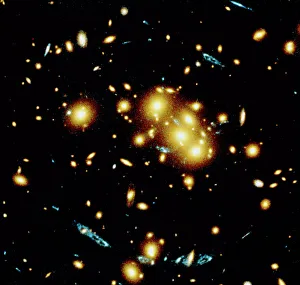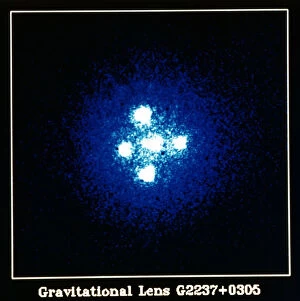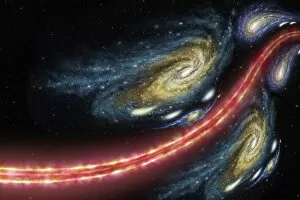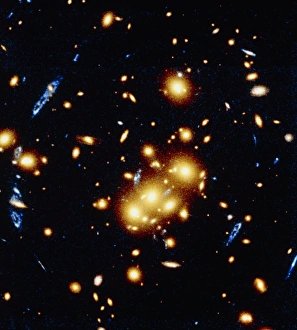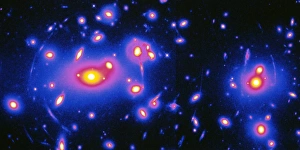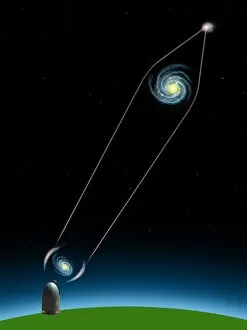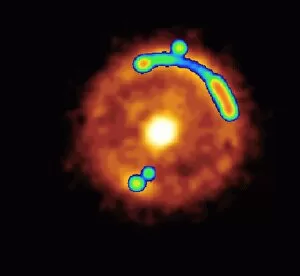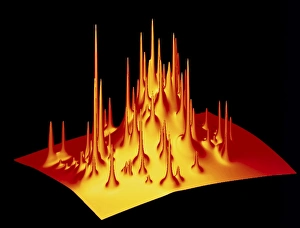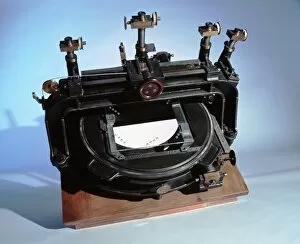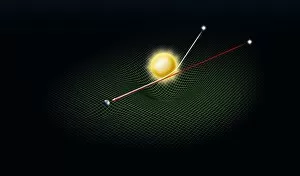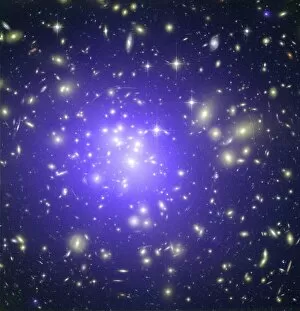Gravitational Lens Collection
"Unveiling the Mysteries of Gravitational Lens: A Journey through Dark Matter Maps and Cosmic String Artwork" Discovering the hidden secrets of our universe
All Professionally Made to Order for Quick Shipping
"Unveiling the Mysteries of Gravitational Lens: A Journey through Dark Matter Maps and Cosmic String Artwork" Discovering the hidden secrets of our universe, gravitational lensing emerges as a captivating phenomenon. Through the lens of science, we explore its enigmatic nature, starting with a dark matter map that unravels the intricate web woven by unseen cosmic forces. In awe-inspiring galactic clusters, gravitational lensing takes center stage. Witness breathtaking images captured by artists like W Collet, showcasing how light bends and distorts under immense gravitational pull. Behold the mesmerizing spectacle of CL0024+1654 - an ethereal dance between matter and gravity. Venturing further into this cosmic realm, we encounter G2237+0305 - a celestial masterpiece where space-time itself curves to create an otherworldly visual spectacle known as a gravitational lens. Marvel at its beauty; it is truly art in motion. But there's more to discover. Enter the realm of cosmic string lensing - an artistic interpretation that illustrates how these elusive strings can warp light and shape our perception of reality. These captivating artworks offer glimpses into dimensions beyond our comprehension. Through Hubble Space Telescope's watchful eye, we are granted access to extraordinary views like never before. Observe with wonder as gravitational lenses such as 0024+1654 reveal their true magnificence – bending light rays in perfect harmony across vast distances. As we delve deeper into this captivating subject, Abell 2218 cluster emerges as another remarkable example of gravitational lensing's power. Witness galaxies being transformed into arcs and rings due to this incredible phenomenon – proof that gravity shapes not only objects but also our understanding of them. The journey concludes with data revealing dark matter's distribution throughout space – providing crucial insights into what lies beyond our vision. Einstein rings serve as tangible evidence that even light cannot escape gravity’s grasp when confronted by massive objects.


